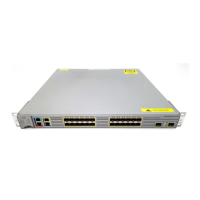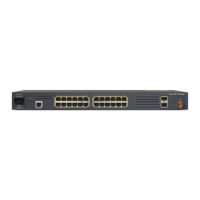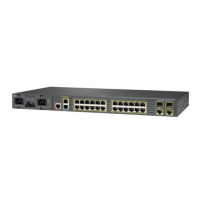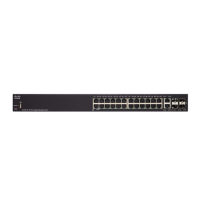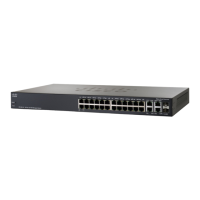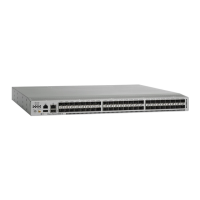31-2
Cisco ME 3800X and 3600X Switch Software Configuration Guide
OL-23400-01
Chapter 31 Configuring Cisco IOS IP SLAs Operations
Understanding Cisco IOS IP SLAs
Because Cisco IP SLAs is Layer 2 transport independent, you can configure end-to-end operations over
disparate networks to best reflect the metrics that an end user is likely to experience. IP SLAs collects a
unique subset of these performance metrics:
• Delay (both round-trip and one-way)
• Jitter (directional)
• Packet loss (directional)
• Packet sequencing (packet ordering)
• Path (per hop)
• Connectivity (directional)
• Server or website download time
Because Cisco IOS IP SLAs is SNMP-accessible, it can also be used by performance-monitoring
applications like CiscoWorks Internetwork Performance Monitor (IPM) and other third-party Cisco
partner performance management products. You can find more details about network management
products that use Cisco IOS IP SLAs at this URL:
http://www.cisco.com/go/ipsla
Using IP SLAs can provide these benefits:
• Service-level agreement monitoring, measurement, and verification.
• Network performance monitoring
–
Measures the jitter, latency, or packet loss in the network.
–
Provides continuous, reliable, and predictable measurements.
• IP service network health assessment to verify that the existing QoS is sufficient for new IP services.
• Edge-to-edge network availability monitoring for proactive verification and connectivity testing of
network resources (for example, shows the network availability of an NFS server used to store
business critical data from a remote site).
• Troubleshooting of network operation by providing consistent, reliable measurement that
immediately identifies problems and saves troubleshooting time.
• Multiprotocol Label Switching (MPLS) performance monitoring and network verification (if the
switch supports MPLS)
This section includes this information about IP SLAs functionality:
• Using Cisco IOS IP SLAs to Measure Network Performance, page 31-2
• IP SLAs Responder and IP SLAs Control Protocol, page 31-3
• Response Time Computation for IP SLAs, page 31-4
• IP SLAs Operation Scheduling, page 31-5
• IP SLAs Operation Threshold Monitoring, page 31-5
Using Cisco IOS IP SLAs to Measure Network Performance
You can use IP SLAs to monitor the performance between any area in the network—core, distribution,
and edge—without deploying a physical probe. It uses generated traffic to measure network performance
between two networking devices. Figure 31-1 shows how IP SLAs begins when the source device sends
a generated packet to the destination device. After the destination device receives the packet, depending
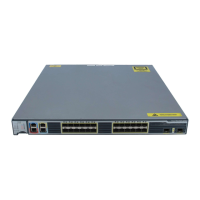
